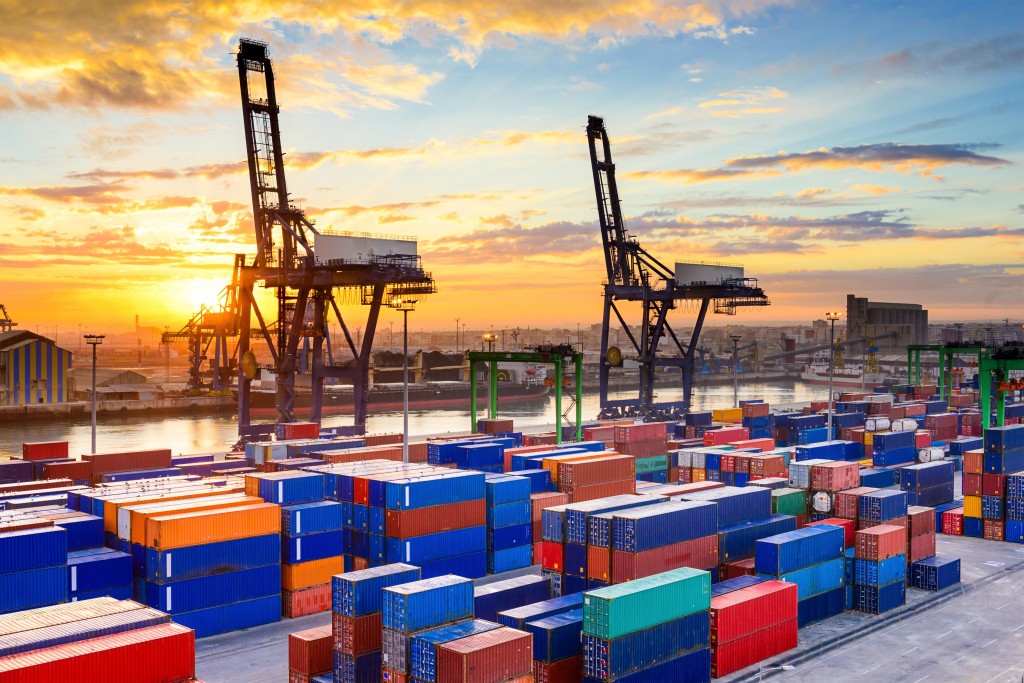洞察力
请查看新的产业动向消息。
From Good to Great - Making the TOS Leap 1.0 2018-11-27
| Ports play a major maritime role in a country’s economic development. The terminal industry therefore has to end its divisive nature and embrace a more collaborative view of things in order to be successful. |
| In the book ‘From Good To Great’ authored by Jim Collins, it is suggested that one of the keys to success in any organization is by identifying a single area where they can be best at, and to focus on being the best in that area. The book explains that the move from good to great is achieved by the level of discipline the company maintains in its business in order for it to thrive and be sustainable in the long run. |  |
Here are two ways to identify a great and thriving terminal.
- Great Automation
The rise of globalization has led to an increase in International Seaborne Trade which has in turn led to a rise in port operations. To improve operational efficiency at the ports, operators have also started recognizing the need to automate their operations to support the increase in demand of trade. A great terminal will engage in advanced connected systems that provide flexibility and visibility across its port and terminal network. When information and data is gathered in real-time, decisions can be made quickly to effectively manage the yard performance of the terminals. Automated equipment handling is also leveraging advanced technology to provide improved performance, safety and control.Technology has a way of improving efficiency and differentiating terminals from competition. And it will work best if standardization takes place and processes are well aligned with business goals. On a larger scale, standardization of workflows and processes cut away complexities and streamline processes to smoothen operations. - Great Service Excellence
Shippers and forwarders are always on the lookout for flexible and available booking options. Delivering great service means that businesses should be responsive to the needs of the client as well as provide consistent and good quality service. One key indicator that delivery service hasn’t been up to mark, is poor documentation, which leads to slow response to customer’s queries. Ship management firms can offer tailored services that enhances communications with owners and to build mutual trust.Organizational initiatives need to be in place to boost the service quality for the industry to see an improvement in quality. One of the ways to address this, as the book suggests, is to empower and motivate its people so that collectively, they will be driven by an unrelenting sense of determination to improve its service delivery.As companies make decisions and take meaningful steps to affirm their core competencies, they inevitably kickstart a positive momentum that can lead to greatness.

在线咨询
输入的信息将不提供给第3方

